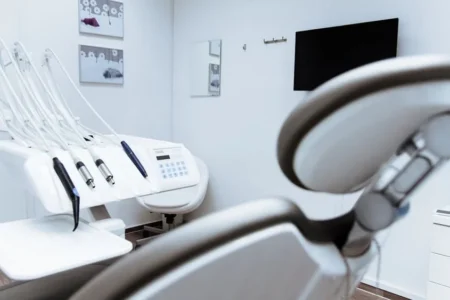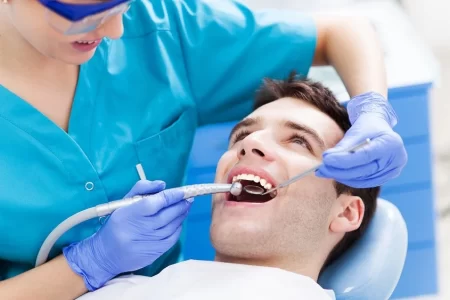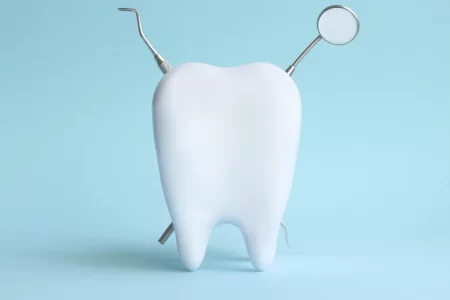Basics of Dental Caries (Tooth Decay and Dental Cavity)
- Updated on: Jul 10, 2024
- 3 min Read
- Published on Oct 3, 2019
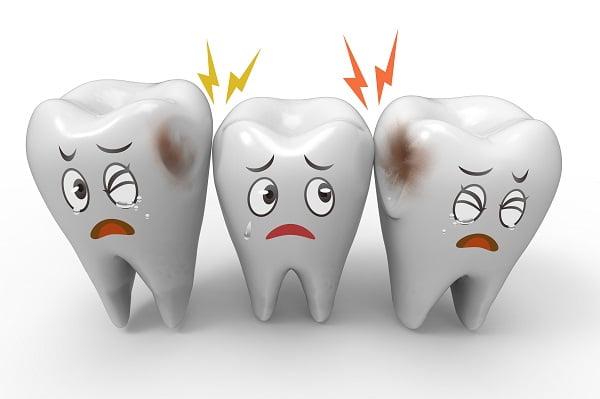

Overview of dental caries
Dental caries is a scientific term used for tooth decay and cavities. It can be defined as the breakdown of teeth due to acids produced by bacteria.
Around the world, about 2.3 billion populations have dental caries in their permanent teeth. That is roughly 32% of total world’s population. The cavities may range from yellow to black in color. This oral pathological condition can occur throughout the life and can cause temporary as well permanent damage to teeth.
How do dental caries form?
Normally, many different bacteria live in our mouth. Some of them are beneficial while some are not. Some bacteria along with food particles and saliva form a sticky colorless film on the surface of the teeth called as plaque.
The prime source of energy for these bacteria is simple sugar present in our food. These bacteria convert sugar and starch from the food into acids which dissolve minerals present in the hard enamel (teeth covering) of teeth crown. The acid also consumes calcium and phosphate from enamel. This process is called as demineralization.
The weak enamel collapses to form a cavity which advances to degrade teeth. Caries sometime attack roots of teeth after the recession of gum line. As the enamel degrades, pits are developed in the tooth. At first, these pits are too small to notice but eventually widen up with time. Read more about formation and causes of dental caries.
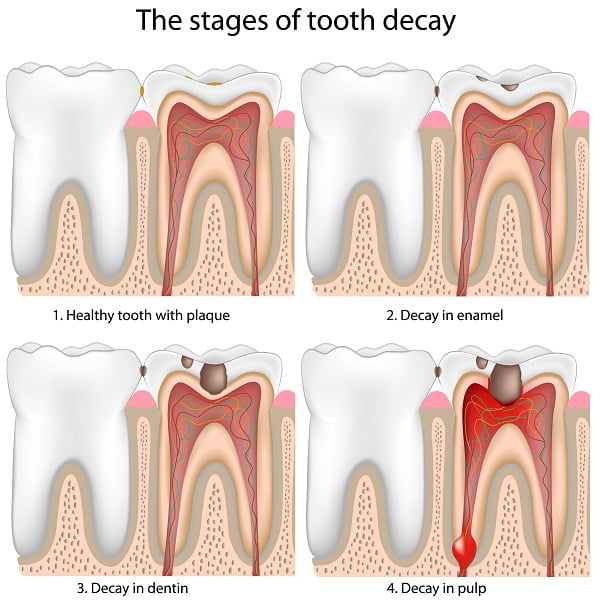
Symptoms of dental caries
Early symptoms of dental caries include pain and difficulty in eating. In addition, the first indication of the dental caries is a small patch of demineralized enamel at the tooth surface. It is often hidden from sight in the grooves of teeth or between them. This is somewhat common in adults.
The acid produced by the bacteria can sometimes leak through the pores in enamel and decay soft layer (dentin) and the main body of the teeth. The damage can occur anywhere in the mouth where the teeth are exposed to plaque and acid. Read more about early signs and symptoms of dental caries.
Plaque and saliva
Plaque can form in many places of mouth like:
- between teeth
- grooves and pits at the back of teeth
- near bridgework and dental fillings
- near the gum line
The disease is unevenly distributed in the mouth and influenced by the pathological as well as protective factors present in the mouth.
Researchers say that saliva acts as a natural defense against dental caries by diluting and neutralizing acids that erode enamel. Apart from shielding teeth from plaque and stopping demineralization, saliva provides a reservoir of minerals which can reverse and heal damage to the enamel. This process of healing is called as re-mineralization.
The enamel is re-mineralized and demineralized several times in a day. When the balance between re-mineralization and demineralization is disturbed, cavities are formed.
Risk factors and complications
People suffering from diabetes mellitus and Sjogren’s syndrome are at high risk as these conditions result in dry mouth and less saliva. In addition, there are certain medicines that decrease the formation of saliva in the mouth like anti-allergic drugs and anti-depressants.
Cavities in children can cause severe complications like pain, tooth loss, broken teeth and severe infections. Other complications like inflammation of tissue around teeth, infection, and teeth loss may also develop along with it. The reason behind pain and inflammation is still unknown to doctors. However, some researchers say that inflammation caused by bacteria and exposure of root surface can be associated with pain.
If it is left untreated and the decay is not removed, bacteria will continue to grow and produce acid. Eventually, the acid will get into the inner most layer of the tooth containing sensitive nerve fibers.
Read about treatment of dental caries
The disease can be prevented by daily use of fluoride-based toothpaste. Regular cleaning of teeth with a diet low in sugar is thus advised by dentists. Brushing teeth two times in a day and flossing regularly is highly recommended.
Depending on the extent and severity of infection, various treatment options are available that can help in restoring the proper function of teeth. Still, there is no method to re-grow the damaged teeth.





